The Best Places to Visit in France
The Best Places to Visit in France
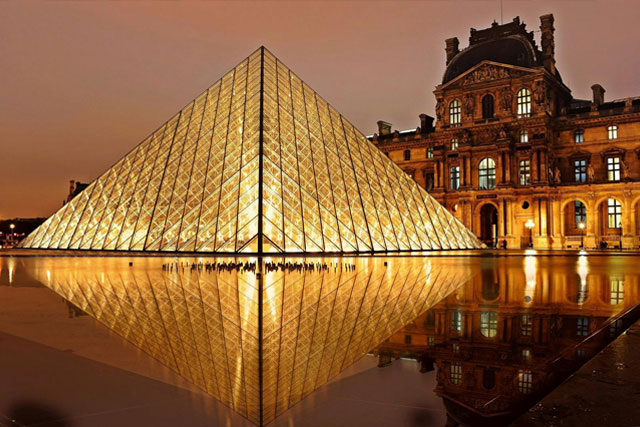
France is a tapestry of romance, history, and breathtaking landscapes. From the glittering boulevards of Paris to the lavender-scented hills of Provence, this country offers something for every traveller. Whether you’re drawn to art, food, adventure, or history, France’s diverse regions promise unforgettable experiences. In this article, we’ll explore seven must-visit destinations, each with its unique charm. Pack your bags, and let’s embark on a journey through the heart of France!
Table of Contents
Paris – The City of Light
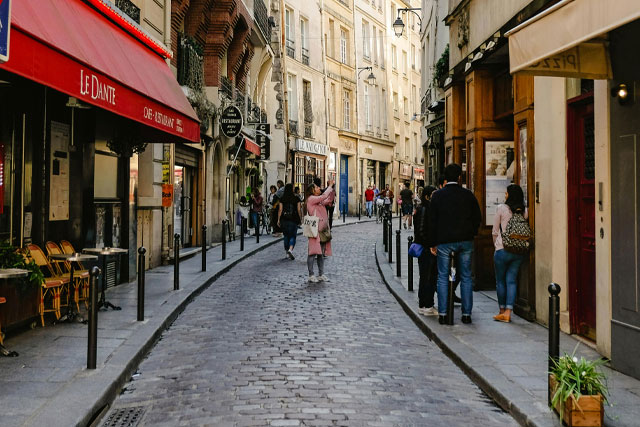
Paris, often called the City of Light, is the beating heart of France. Its iconic landmarks, vibrant culture, and romantic ambience make it a must-visit. Stroll along the Seine River as the Eiffel Tower sparkles at dusk, or lose yourself in the Louvre’s vast art collections. Paris is a city where every corner tells a story, from quaint cafés in Montmartre to the grandeur of Notre-Dame Cathedral.
What to See and Do
Begin your journey at the Eiffel Tower, where panoramic city views await. For art lovers, the Louvre Museum houses treasures like the Mona Lisa, while the Musée d’Orsay showcases Impressionist masterpieces. Wander through the charming Le Marais district, with its historic buildings and trendy boutiques. Don’t miss a boat ride on the Seine to see Paris from a new perspective. To taste local life, visit a bustling market like Marché Bastille and savour fresh croissants or cheeses.
The best time to visit Paris is spring (April to June) or fall (September to October) when the weather is mild and crowds are thinner. Try Parisian specialties like coq au vin or crème brûlée at a local bistro. If you’re on a budget, consider a Paris Pass for discounted entry to major attractions. Be sure to wear comfortable shoes—Paris is a city best explored on foot.
The French Riviera
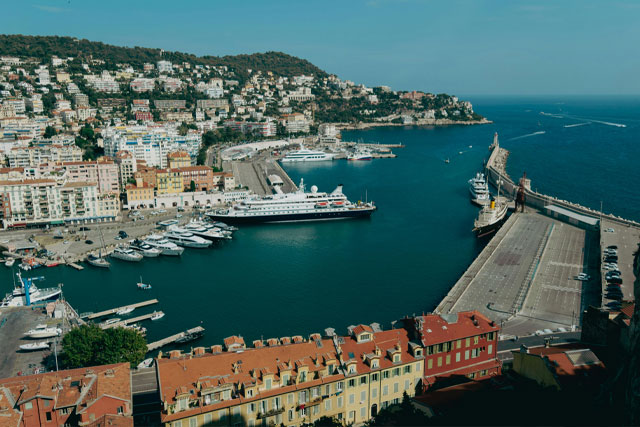
The French Riviera, or Côte d’Azur, is synonymous with glamour and sun-soaked beauty. This Mediterranean coastline boasts turquoise waters, luxurious resorts, and charming villages perched on cliffs. From the star-studded streets of Cannes to the artistic allure of Nice, the Riviera is a playground for relaxation and indulgence.
What to See and Do
Start in Nice, where the Promenade des Anglais offers stunning sea views. Explore the colourful Old Town, with its narrow streets and vibrant markets. In Cannes, walk the red carpet at the Palais des Festivals or relax on sandy beaches. Don’t miss Monaco, home to the Monte Carlo Casino and the Prince’s Palace. For a quieter escape, visit the hilltop village of Èze, known for its medieval charm and exotic gardens.
Summer is peak season, but visiting in May or September offers pleasant weather with fewer crowds. Indulge in Riviera cuisine like salade niçoise or bouillabaisse. Renting a car is ideal for exploring smaller villages, but trains along the coast are efficient and scenic. Pack sunscreen and stylish attire—the Riviera’s vibe is effortlessly chic.
Mont Saint-Michel
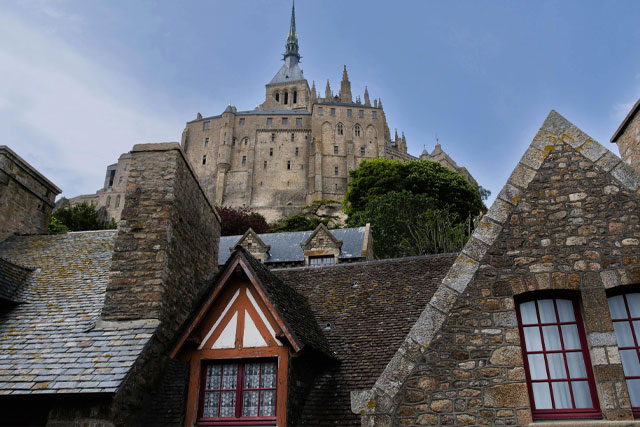
Rising dramatically from a rocky islet, Mont Saint-Michel is a medieval marvel that seems plucked from a fairy tale. This UNESCO World Heritage Site, located in Normandy, blends history, spirituality, and natural beauty. Its abbey, perched atop the mount, has drawn pilgrims and travellers for centuries.
What to See and Do
Explore the Abbey of Mont Saint-Michel, with its Gothic architecture and panoramic views. Wander the narrow, cobblestone streets of the village below, lined with quaint shops and eateries. Time your visit to witness the dramatic tides—the bay’s high tides are among the most extreme in Europe, transforming the mount into an island. For a unique experience, join a guided walk across the bay’s sands at low tide (with a licensed guide for safety).
Visit in spring or fall to avoid summer crowds. Stay overnight to experience the mountain’s magical ambience after day-trippers leave. Try the local speciality, omelette de la Mère Poulard, a fluffy omelette famous in the region. Wear sturdy shoes for the steep climbs, and check tide schedules to plan your visit.
Loire Valley – Castles and Vineyards
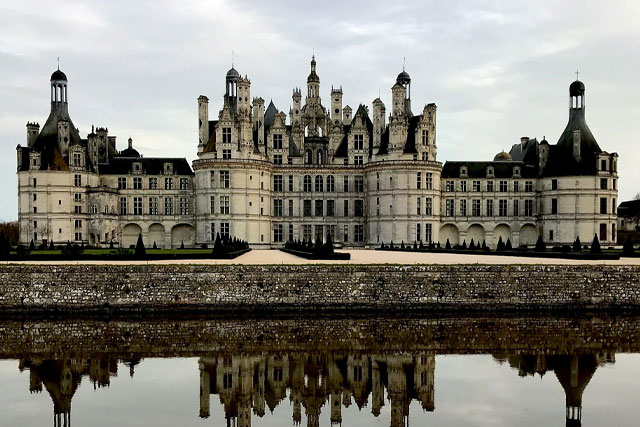
The Loire Valley is a dreamscape of Renaissance châteaux, lush vineyards, and rolling countryside. Known as the “Garden of France,” this region is a haven for history buffs, wine enthusiasts, and nature lovers. Its fairy-tale castles and charming towns evoke a sense of timeless elegance.
What to See and Do
Tour iconic châteaux like Château de Chambord, with its stunning double-helix staircase, or Château de Chenonceau, spanning the Cher River. Cycle through vineyards in Saumur or Chinon, stopping for wine tastings of crisp Sancerre or robust Cabernet Franc. Visit the historic town of Amboise, where Leonardo da Vinci spent his final years. For families, the ZooParc de Beauval offers a delightful break.
Spring and early summer are ideal for blooming gardens and pleasant weather. Rent a bike to explore the Loire à Vélo trail, a scenic cycling route. Pair your wine tastings with local goat cheese, a regional speciality. Many châteaux offer guided tours in English—book in advance for popular sites like Chambord.
Provence – Lavender Fields and Ancient Ruins
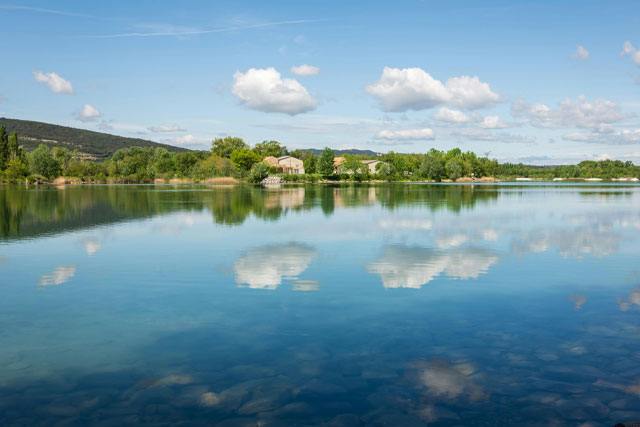
Provence is a sensory delight, with its lavender fields, olive groves, and sun-drenched villages. This region in southeastern France blends Roman history, vibrant markets, and artistic heritage. Whether you’re sipping rosé or exploring ancient ruins, Provence exudes warmth and charm.
What to See and Do
Visit Avignon, home to the majestic Palais des Papes and the famous Pont d’Avignon. Wander the lavender fields of Gordes or Sault, especially in July when they bloom in vibrant purple. Explore the Roman amphitheatre in Arles, a town that inspired Van Gogh’s paintings. For a scenic escape, hike in the Calanques National Park, where cliffs meet turquoise waters.
Summer is lavender season, but spring and fall offer milder weather. Try Provençal dishes like ratatouille or tapenade at local markets. Rent a car to navigate the countryside’s winding roads. If visiting lavender fields, respect private property and stick to designated paths for photos.
Normandy – D-Day Landing Beaches
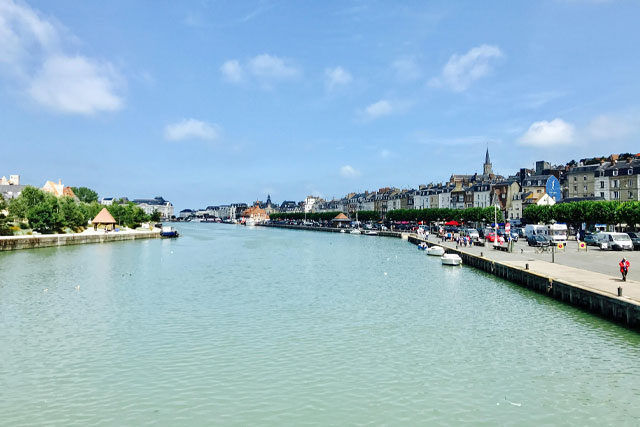
Normandy’s rugged coastline and rich history make it a poignant destination. The D-Day landing beaches, where Allied forces landed in 1944, are a powerful reminder of World War II’s sacrifices. Beyond its historical significance, Normandy offers charming villages, cider orchards, and fresh seafood.
What to See and Do
Visit the D-Day beaches, including Omaha and Utah, and pay respects at the Normandy American Cemetery. Explore the Caen Memorial Museum for a deep dive into WWII history. Stroll the colourful port of Honfleur, a favourite among Impressionist painters. Sample Normandy’s culinary delights, like camembert cheese and apple cider, at a local farm or restaurant.
Spring and fall are ideal for mild weather and fewer tourists. Guided tours of the D-Day sites offer valuable context—book with reputable operators. Pair your visit with a stop at Bayeux to see the famous Bayeux Tapestry. Dress in layers, as coastal weather can be unpredictable.
The French Alps
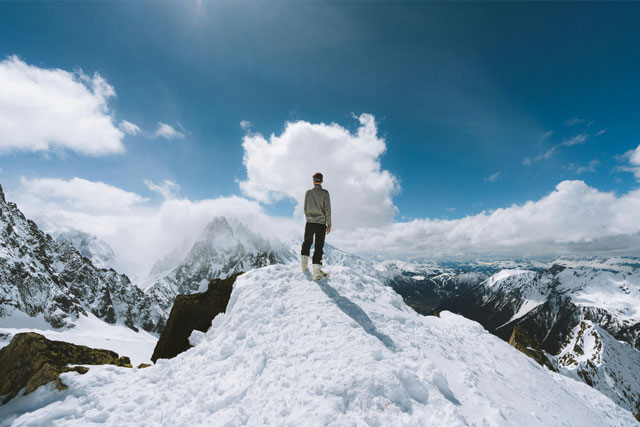
The French Alps are a paradise for outdoor enthusiasts, offering world-class skiing, hiking, and jaw-dropping scenery. From the chic resorts of Chamonix to the serene lakes of Annecy, this region is a year-round destination for adventure and relaxation.
What to See and Do
In winter, hit the slopes in Chamonix, home to Mont Blanc, Europe’s highest peak. In summer, hike or paraglide in Megève or explore the trails of Parc National de la Vanoise. Visit Annecy, known as the “Venice of the Alps,” for its turquoise lake and charming canals. For a unique experience, take a cable car to the Aiguille du Midi for breathtaking alpine views.
Winter (December to March) is peak ski season, while summer (June to August) is perfect for hiking. Savour alpine dishes like fondue or tartiflette. Book accommodations early for ski resorts, as they fill up quickly. If you’re not a skier, try snowshoeing or spa days for a relaxing alpine escape.


